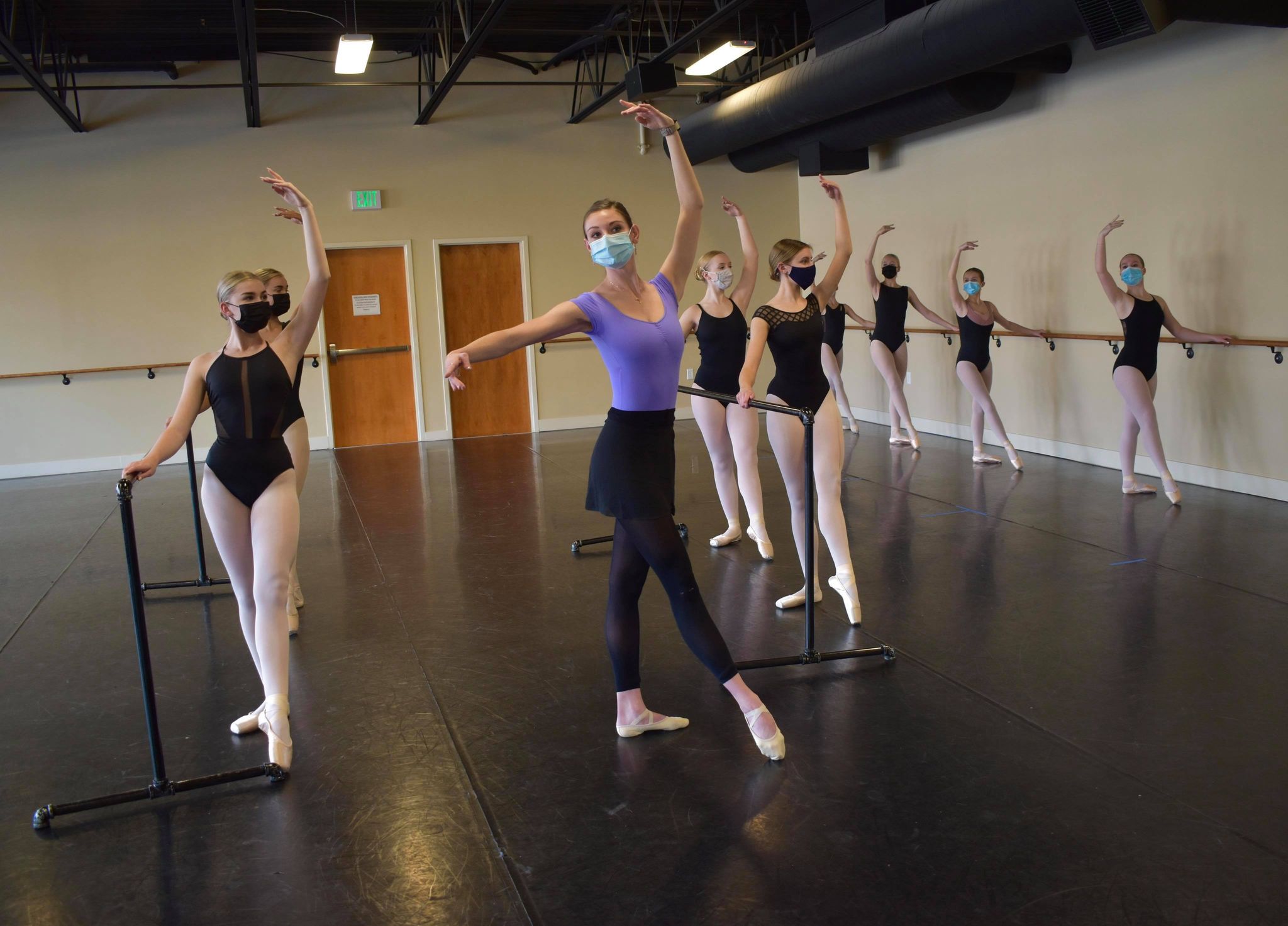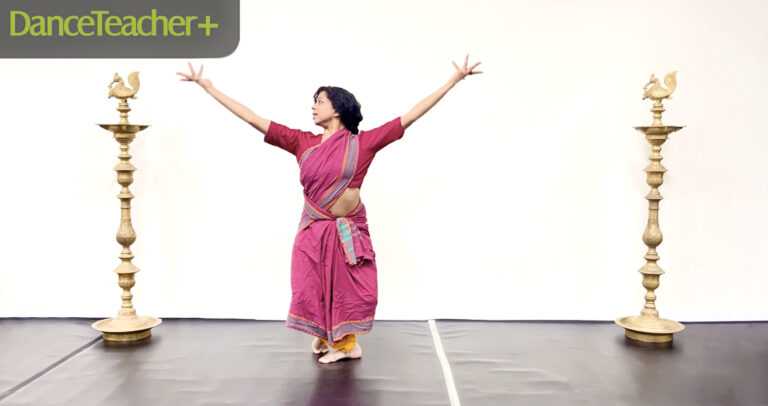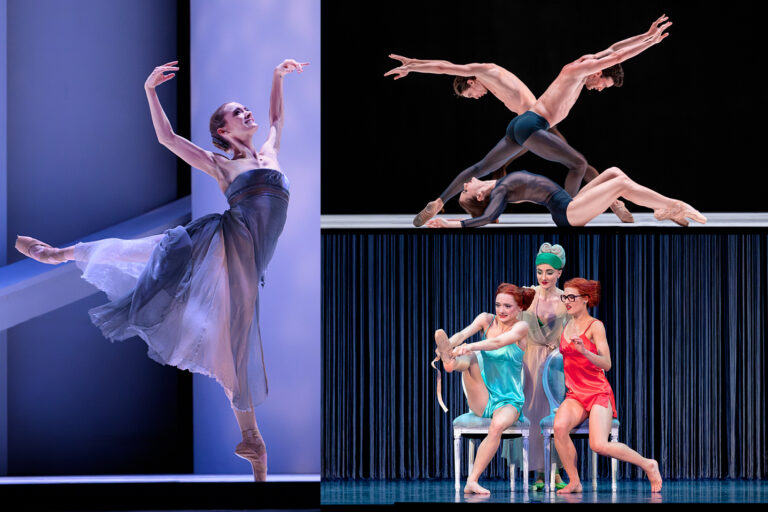
Substitute teachers are the heroes of the dance industry. They’re the reason for guilt-free sick days, personal days and vacation days. They can face dancers testing their limits, emboldened by an unfamiliar face, with grace. They can add a fresh perspective to students’ training and break up the monotony of the day-to-day.
Still, substitute work can be hard work. In a brief time, subs have to earn respect, establish trust and keep dancers engaged. They have to bring their unique perspective to class without derailing already established expectations, and they need to fill the shoes of a beloved individual in the students’ lives, however briefly. Despite all of that, it’s rewarding work, and if you’re interested in getting in on the action, you’re going to need some top-tier advice. Here, two veteran substitutes share their secret sauce for building camaraderie and community in the studio.
Be Prepared
Before getting into the studio, there are a few important steps a sub should take. First, whenever possible, speak to the regular teacher of the class to get insight into the unique needs of the students. “I ask the teacher what the main goal of their class is for the year/week,” says Danielle Dreis, a substitute teacher at Utah-based Creative Arts Academy. “For example, are they working on turns? Leaps? Flexibility? I want to know so I can help improve upon that goal.”
Dreis also recommends asking details about upcoming performances, so you know what numbers should be rehearsed or cleaned and how much time should be allotted to them. Make sure you request any necessary music for rehearsals or class.
During the pandemic, subs should ask studio management for the details on their COVID-19 regulations. Ask about rules for wearing masks and taking temperatures,, and how you should enforce them in class. “Don’t be afraid to inquire, so when you take over, you’re following the guidelines the studio set in place,” Dreis says. “It can become such a habit for regular teachers at this point, and they may forget to tell you.”
Earn Students’ Respect
As a substitute teacher, respect is one of the greatest tools at your disposal. If your dancers believe you have something beneficial to offer their dancing, they’re far more likely to stay focused and courteous. Los Angeles–based choreographer and substitute teacher Monika Felice Smith says she tells her students about her background in dance, where she has trained and where she has worked before class begins. “I take a moment to prove to them that I know what I’m talking about,” she says of her time subbing at studios like EDGE Performing Arts Center, Broadway Dance Center, Peridance Center, Brickhouse NYC and The House.
Still, some dancers will try to take advantage of qualified subs when they perceive class is run differently than they’re used to. “I try to explain that every teacher has different experiences to share, and the more knowledge they can gain from different educators, the better off they are as dancers,” Dreis says.
Unlike Smith, who fills in for one-time classes at a variety of studios, Dreis generally takes on extended substitute-teaching opportunities. Most recently, she took over the class of a CAA teacher (whose father tragically passed away from COVID-19) for over a month. After establishing the importance of diverse training through a variety of teachers, she paid respect to the students’ regular teacher by asking how they normally taught a step. “I ask if it is similar or different to how I do things,” Dreis says. “I explain why we might approach aspects of their technique differently, and how understanding both ways might be helpful to them.” This strengthens rapport with the dancers.
Further, she lets the dancers know she will be communicating with their teacher throughout the duration of her time there. This improves student behavior because they want subs to pass positive reviews along. “I’ll say things like, ‘Let’s work on pointing our toes so your teacher can see how hard you have been working,’ or ‘What would Miss Jessica want you to do with this dance?,’ and it’s really effective,” Dreis says.
Dreis leading class
Then Earn Their Trust
Building on a baseline of respect, it’s critical that substitute teachers quickly establish trust with their temporary students. “Humans don’t like change,” Smith says. “So I know that the second I walk in the door, it is my job to build trust so class-takers feel safe with the inevitable change in energy, dynamics and movement.”
Let dancers know you want them to succeed, and help them feel good about themselves. Smith accomplishes this through meditation exercises. At the very beginning of each class, she has the students close their eyes and check in with themselves. “I ask them if they are having thoughts of self-love or thoughts of negativity,” Smith says. “I encourage them to breathe in thoughts of self-love and confidence, and breathe out whatever is not going to serve them.” Smith feels this exercise communicates to her students that she cares for them, and wants to give them the tools to love themselves. “The students realize they can trust me, because I make them feel good about themselves—I’m on their team.”
Dreis tries to establish trust by being honest and direct with the dancers about where their teacher is when appropriate, and how long they can anticipate having a substitute for. “I try to answer any questions or concerns they have about their teacher,” she says. “I tell them the dates I will be there, so they know that they can count on me, and I share how I know their regular teacher and why the teacher trusted me to take over for them for this short time.”
Make Connections
Once your students feel safe with you in their space, it’s time to create some positive connections and camaraderie, even if only for a little while. Substitutes step into classrooms already ripe with existing relationship dynamics—some are beautiful, others are sticky, and none of them have to do with you. Your success, however, will hinge on how well you leverage these existing relationships as well as create new ones.
Dreis starts this process by getting to know the dancers, beginning with their names. “It’s hard, but it’s so important,” she says. “During my first interaction with the dancers, I go down the roll and ask their favorite dessert or color so they have the chance to speak and we can make a connection.”
Smith does the same, followed by sharing her goals for the class. These usually include helping the dancers discover something new about themselves. “I want them to have an experience that surprises them,” she says. “Were they able to pick up choreography faster than usual? Were they able to explore the movement in their own way? Did they meet someone new? Most importantly, did they enjoy themselves?”
When it comes down to what makes a successful sub, Smith draws on her own keen observations as a student. “I know what I like in a substitute teacher and what I don’t like in a substitute teacher,” Smith says. “I take notes about the classes I don’t want to go to, and try to remember what it was that made it so uncomfortable. Did the teacher not communicate, which made it unpredictable? Did I feel scared or nervous? I don’t want people to feel that way. I want them to know that if they don’t look like me during the combo, that’s OK. I want them to know I celebrate each of them in all of their differences. I want my class to be one where they can both grow, and feel joy.”






